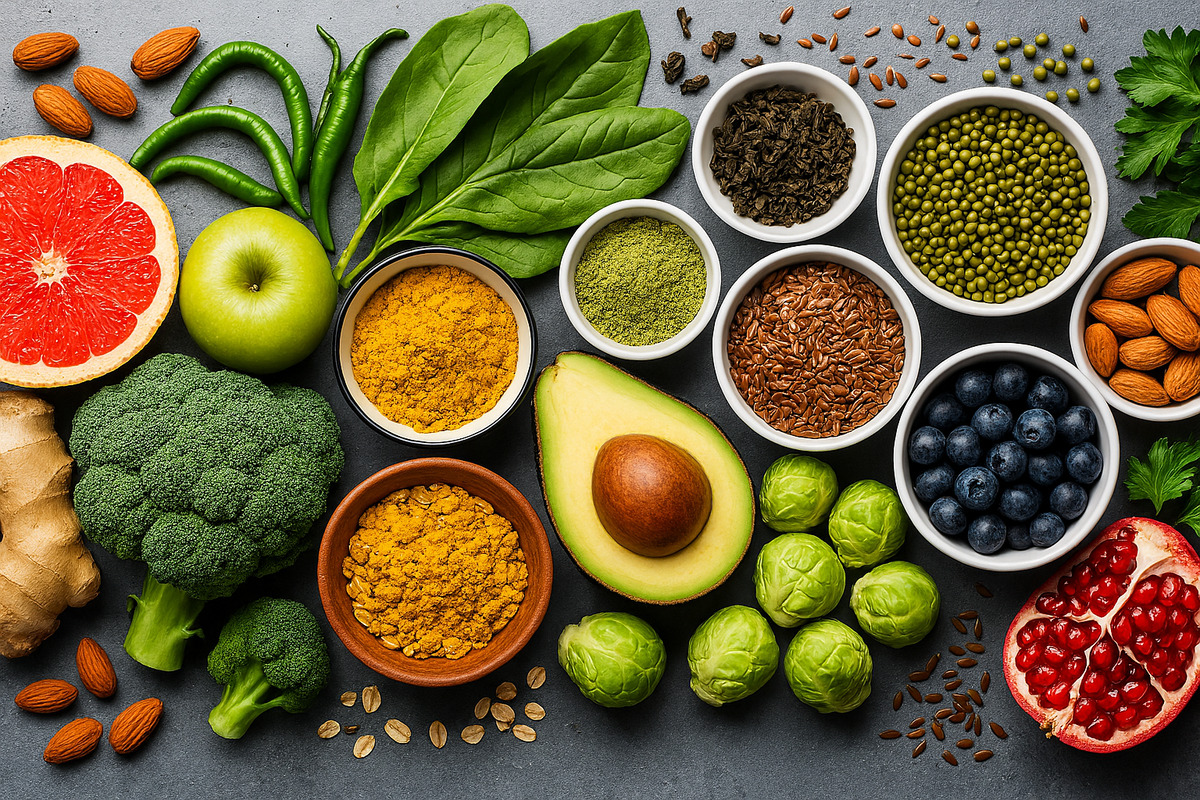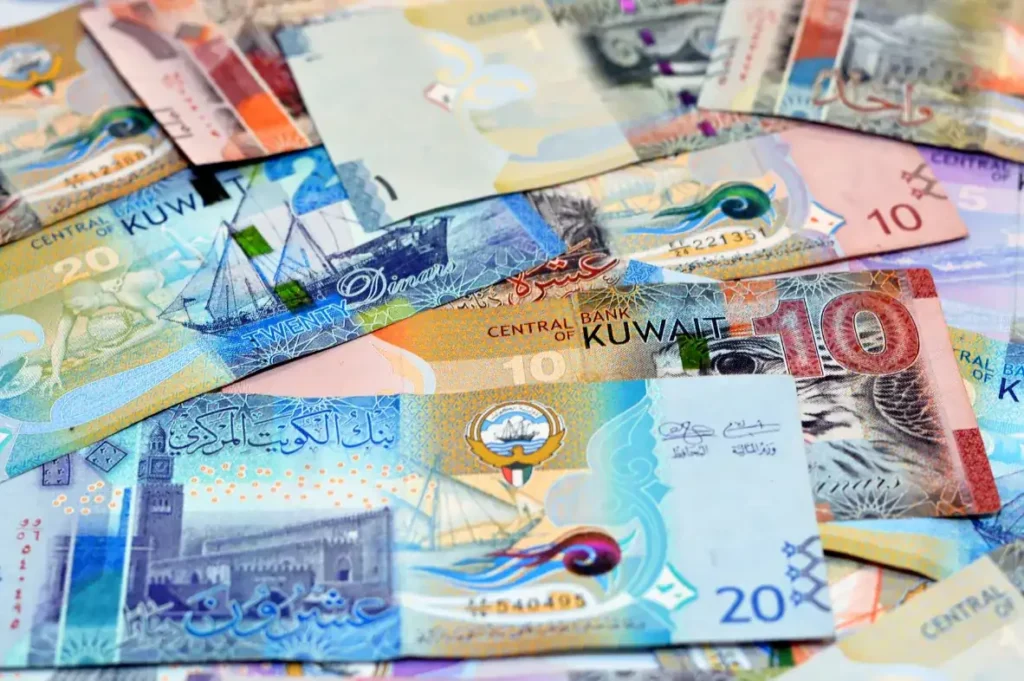Low hemoglobin is a widespread health concern that often leads to anemia, a condition characterized by fatigue, weakness, dizziness, pale skin, and shortness of breath. While meat and animal products are well-known sources of iron, there is a growing interest in plant-based foods that can naturally increase hemoglobin levels and promote better overall health.
For individuals following vegetarian or vegan diets—or those who simply want to incorporate healthier, natural foods into their lifestyle—certain fruits, vegetables, legumes, nuts, and seeds can play a powerful role in preventing anemia. The key is to choose iron-rich foods and pair them with vitamin C sources to improve absorption.
In this article, we will explore the top 5 plant-based foods that boost hemoglobin and fight anemia naturally, along with practical tips on how to include them in your daily diet.
Why Hemoglobin Matters
Before diving into the foods, let’s briefly understand why hemoglobin is so important.
Hemoglobin is a protein found in red blood cells responsible for transporting oxygen from the lungs to the rest of the body. When hemoglobin levels are low, your body does not get enough oxygen, leading to anemia. Common symptoms include:
- Constant tiredness or lack of energy
- Pale skin and brittle nails
- Dizziness or headaches
- Shortness of breath during simple activities
- Cold hands and feet
According to health experts, increasing your intake of iron-rich plant-based foods along with folate, vitamin B12, and vitamin C is one of the best natural ways to improve hemoglobin levels.
1. Spinach and Other Leafy Greens
When it comes to iron-rich vegetarian foods, spinach tops the list. Spinach contains high amounts of non-heme iron—the type of iron found in plants. Although non-heme iron is not absorbed as efficiently as heme iron from animal sources, you can maximize absorption by pairing it with vitamin C-rich foods.
Key Nutrients in Spinach
- Iron
- Folic acid (essential for red blood cell production)
- Vitamin K
- Antioxidants
Other leafy greens like kale, arugula, collard greens, and Swiss chard also provide similar benefits.
How to Include Spinach in Your Diet
- Add fresh spinach leaves to green smoothies with lemon or orange juice.
- Prepare spinach curry or sautéed spinach with garlic and olive oil.
- Mix kale or arugula into salads with tomatoes and bell peppers (vitamin C enhances absorption).
👉 Pro tip: A single cup of cooked spinach provides nearly 20% of your daily recommended iron intake.
2. Beetroot
Beetroot is another superfood for anemia. Not only does it contain iron, but it also improves blood circulation and supports the natural production of red blood cells.
Key Nutrients in Beetroot
- Iron
- Folic acid
- Potassium
- Fiber
- Antioxidants like betalains (which improve blood flow and reduce inflammation)
How to Include Beetroot in Your Diet
- Drink fresh beetroot juice with carrots and apples for an energy-boosting morning drink.
- Add roasted beet slices to salads.
- Blend beetroot into smoothies for a natural pink color and health benefits.
- Combine beetroot with citrus fruits to maximize iron absorption.
👉 Pro tip: Regular consumption of beetroot juice is known to increase stamina and oxygen levels in the blood, making it especially beneficial for athletes.
3. Legumes (Lentils, Chickpeas, Beans, and Peas)
Legumes are one of the most versatile and nutrient-dense plant-based foods that support hemoglobin production. They are rich in protein, fiber, and iron, while also providing folate and magnesium, which are essential for red blood cell formation.
Key Nutrients in Legumes
- Iron
- Protein
- Folate
- Magnesium
- Fiber
Popular Legume Choices
- Lentils: A staple in many cultures; lentil soup is a perfect hemoglobin booster.
- Chickpeas: Can be turned into hummus or added to curries.
- Kidney beans & black beans: Rich in both iron and protein.
- Green peas: Easily added to rice, pasta, or salads.
How to Include Legumes in Your Diet
- Make lentil soup or dal with lemon juice on top.
- Enjoy chickpeas in hummus with tahini and garlic.
- Prepare a bean salad with tomatoes, onions, and cucumbers.
- Cook beans with vegetables and add to wraps or burrito bowls.
👉 Pro tip: Combining legumes with vitamin C sources (like tomato or lemon juice) significantly improves iron absorption.
4. Pomegranate and Iron-Rich Fruit
Fruits may not always be the first foods people think of when it comes to fighting anemia, but several fruits are surprisingly rich in iron and vitamin C. Among them, pomegranate stands out as one of the best.
Benefits of Pomegranate
- Contains iron, vitamin C, and antioxidants.
- Improves blood circulation.
- Reduces fatigue and weakness.
Other iron-rich fruits include:
- Apples – traditionally recommended for anemia due to their iron and antioxidant content.
- Raisins – provide concentrated iron in small servings.
- Dried prunes and figs – boost hemoglobin levels while supporting digestion.
How to Include Fruits in Your Diet
- Drink a glass of pomegranate juice daily.
- Eat apples with a handful of almonds or walnuts.
- Add raisins and prunes to oatmeal or salads.
- Blend pomegranate seeds into smoothies with spinach for a double iron boost.
👉 Pro tip: Fruits are best consumed fresh and in combination with meals to naturally enhance iron absorption.
5. Nuts and Seeds
Nuts and seeds are compact, nutrient-packed foods that provide a steady source of iron, healthy fats, and protein. They are especially beneficial for vegetarians looking to improve hemoglobin levels without relying on supplements.
Best Nuts and Seeds for Hemoglobin
- Pumpkin seeds: One of the richest plant-based iron sources; also contain zinc and magnesium.
- Sesame seeds: Commonly used in tahini; provide iron and calcium.
- Flax seeds: Rich in omega-3 fatty acids and iron.
- Almonds and cashews: Provide both iron and protein for sustained energy.
How to Include Nuts and Seeds in Your Diet
- Eat a small handful of mixed nuts and seeds as a daily snack.
- Add pumpkin or flax seeds to smoothies and salads.
- Use sesame seeds in cooking or enjoy tahini spread on whole-grain bread.
- Blend cashews into creamy vegan sauces.
👉 Pro tip: Pair nuts and seeds with dried fruits (like raisins or prunes) for a powerful iron-rich trail mix.
Additional Tips to Boost Iron Absorption
Even if you eat iron-rich foods daily, absorption plays a big role in how much your body actually uses. Here are some important tips:
- Combine iron with vitamin C: Always eat foods like lemon, orange, or tomato along with iron-rich meals.
- Avoid tea and coffee immediately after meals: They contain tannins that block iron absorption.
- Cook in cast iron cookware: This can naturally increase the iron content of food.
- Maintain a balanced diet: Include whole grains, vegetables, fruits, nuts, and seeds regularly.
Fighting anemia and boosting hemoglobin levels doesn’t always require meat or supplements. With the right plant-based foods—such as spinach, beetroot, legumes, pomegranate, and nuts/seeds—you can naturally improve your iron intake, support red blood cell production, and maintain healthy energy levels.
These simple yet powerful foods are easy to incorporate into your daily meals. When combined with vitamin C-rich ingredients and mindful eating habits, they can play a major role in preventing anemia and keeping your body strong and energized.
👉 Start by adding one or two of these foods to your daily diet, and over time, you’ll notice improved stamina, better circulation, and overall well-being.









